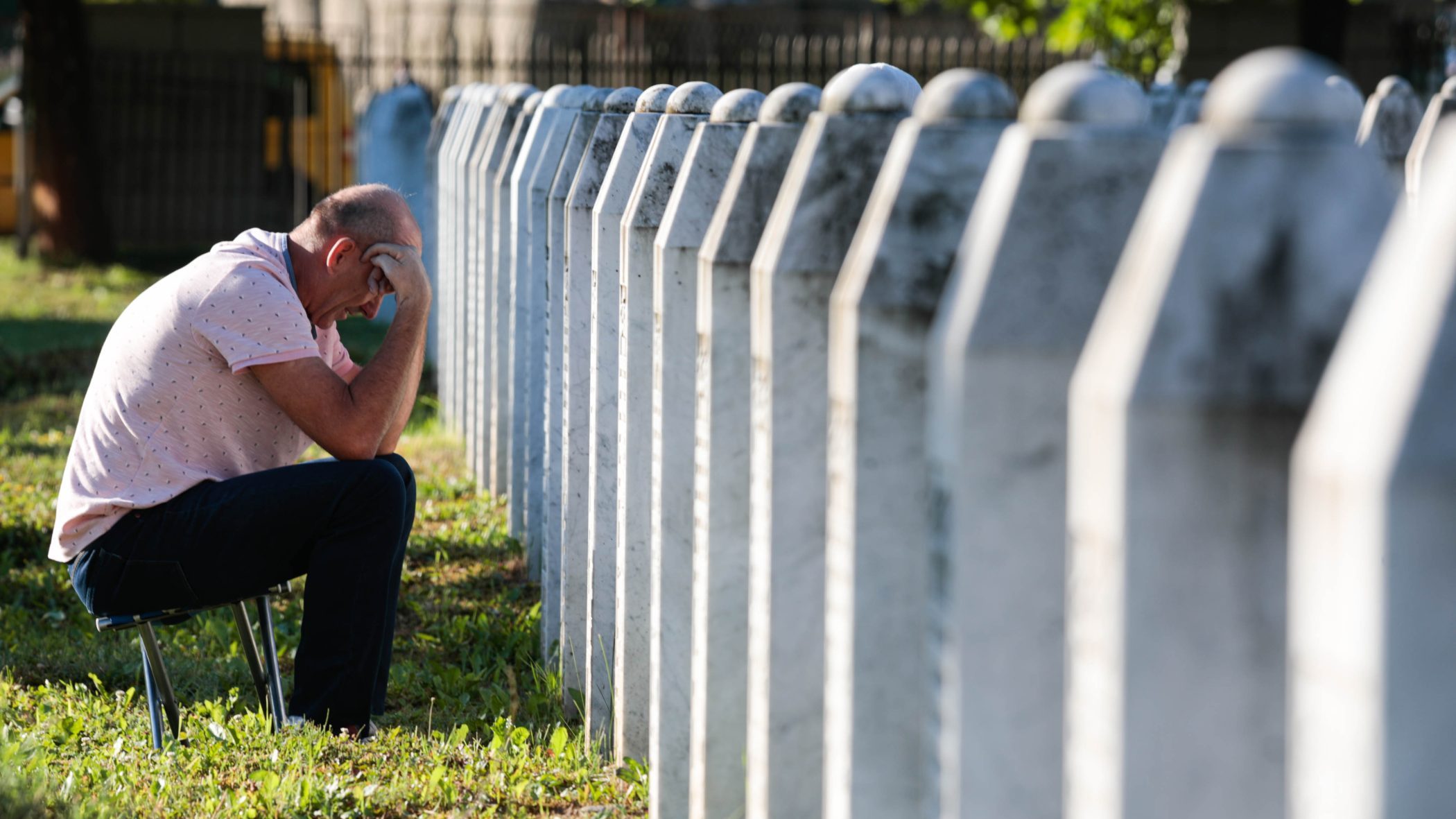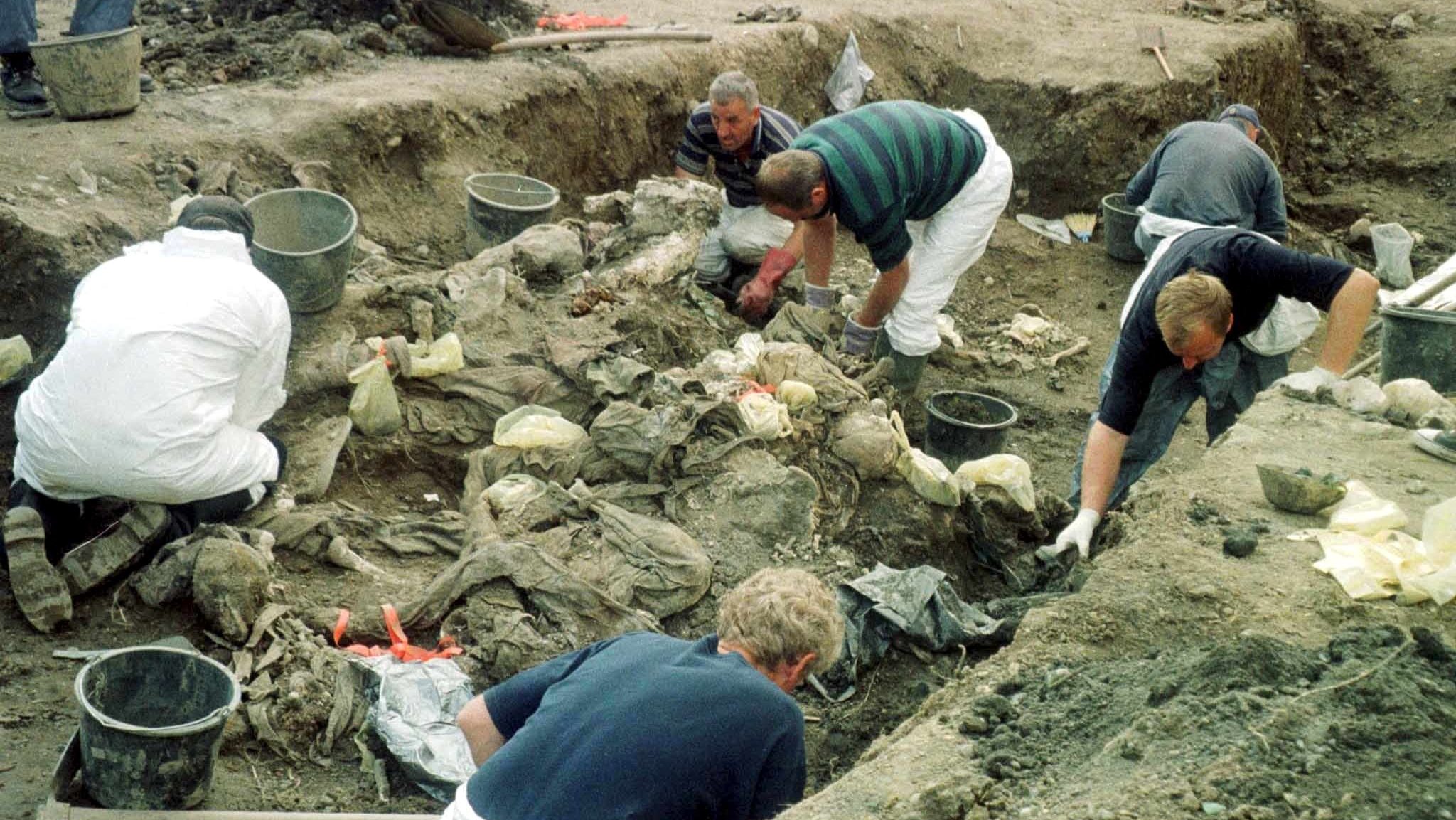This post is also available in: Bosnian
“I was operated on in reception because the operation room was taken. They worked on local anesthetics, which is fine until they touch the bone. When they touched the bone, the pain was unbearable.”
Muamer Sijercic was one of tens of thousands of people who were wounded during the 1,425 days of the siege of Sarajevo, when the residents of the Bosnian capital were subjected to a three-and-a-half year campaign of shelling and sniping by Serb forces.
Like many others, he owes his recovery to the doctors and medical staff who worked around the clock in three Sarajevo hospitals without electricity, food, water and basic supplies during the 1992-95 conflict.
At the Abdulah Nakas general hospital alone, doctors and medical staff undertook 13,000 urgent medical interventions during that time. The former local clinic in Dobrinja was also turned into a hospital, while further operations were performed at the Kosevo clinical centre.
Although they feared for their families’ lives, doctors sometimes went for days without going home and instead spent their time thinking up ways to save the lives of their countrymen.
Youssef Hajira, a doctor from the Dobrinja clinic, recalled how the first operations there after the start of the war were carried out by candlelight using dentists’ tools because there were no surgical implements.
“Several doctors and nurses and a medical team of technicians – I mean seven or eight people – held candles while I stopped the bleeding with my hands. I just tried to save lives,” said Hajira.
Sadeta Dervisevic, a nurse from the Dobrinja hospital, said that sometimes amputations were done without anesthesia.
“I recall a patient who lost a finger and an ear. The finger was twitching from the blunt scalpel because we couldn’t cut it off cleanly. Cutting off an ear without anesthesia was unthinkable… we worked without it,” said Dervisevic.
Dunja Gelineo-Kajevic was one of eight children wounded by a grenade fired by Bosnian Serb forces near her building in Dobrinja on September 4, 1992.
After getting first aid, she was transferred to the Kosevo hospital for treatment for a wound on her spine. The ride from Dobrinja to Kosevo was risky because the route passed along what was known as ‘Sniper Alley’, Sarajevo’s main boulevard which was regularly targeted by Bosnian Serb snipers.
Gelineo-Kajevic said that the looks on the doctors’ faces told her all she needed to know about her condition.
“I was groggy but I was conscious. They unloaded us in front of the emergency unit and they were careful,” she recalled, adding that what she best remembers is the smell of the hospital, which could not be properly cleaned at that time because there was not enough water.
Faruk Kulenovic, a doctor who worked at the Sarajevo trauma clinic, said that there were times when there were more than 50 patients and everything was covered in blood, and it had to be cleaned somehow before the next casualties arrived.
In the winter of 1993, when there was no electricity, operations were performed in temperatures of minus 19 degrees, Kulenovic recalled.
“The winter of 1993 was the most difficult. I woke up in the cold, slept in the cold, worked in the cold,” he said.
The lack of water, electricity and heat was the biggest problem for the general hospital as well, said doctor Suhrija Djozic.
“We also made do with a makeshift battery that operated the lights in the operation room. At night we worked by candlelight,” Djozic said.
During wartime, around 80 per cent of injuries were to people’s extremities, but as time passed, emergency fixators for holding together the flesh and bone of seriously injured victims ran out.
Doctors Djozic and Raib Saliefendic, together with engineer Enes Baralic, came up with a makeshift fixator which was used in Sarajevo and other cities during wartime.
The ‘Sarafix’ fixators were driven on bikes to hospitals across the city; they ended up winning innovation awards in Brussels and Geneva – as well as saving people’s limbs in Sarajevo itself, as Djozic recalled.
One girl of seven or eight years came to me, she was scheduled for an amputation. She was about the age of my daughter,” the doctor said. “I fought to save her leg. I put three fixators on one leg, but I managed to save it.
During the war, Sarajevo’s doctors worked 24-hour shifts, but if there was a massacre, everyone came to work.
“Sometimes the wounded were brought in and we looked to see if we could recognise our children by their shoes or jackets,” said nurse Dervisevic.
As well as all the other problems the medical staff had to deal with, there was also shelling by Bosnian Serb forces.
The trauma clinic in Sarajevo was hit 25 times, according to Kulenovic. When it came under fire, doctors carried patients to the basements to protect them.
Djozic recalls how one young patient was injured while he was lying in his hospital bed.
“Something slammed into the room. I ducked and the patient yelled: ‘Doctor, I’ve been hit.’ I immediately ran into the operation room and saved him,” said Djozic.
More than 5,000 civilians were killed during the siege of Sarajevo and many others were left with permanent disabilities.
One of them, Sadik Bazdarevic, recalled how he was wounded on Mojmilo Hill above the city and taken to the general hospital.
“The main artery was hit. My leg was bent at an unnatural angle and started going blue. Doctor Abdulah Nakas saw me and said I had to be the first operation the next day. They operated on me but could not clean everything… I don’t remember much else,” said Bazdarevic.
On waking up, he found out that his limb had been amputated. “Nakas told me he fought for my life and not my leg,” he said. Despite this, he said that he was eternally grateful that they managed to keep him alive.
Amid the desperate conditions, hospital staff also did what they could to keep their patients comfortable. After he came through the operation he underwent with only a local anaesthetic to ease his pain, Muamer Sijercic can still remember exactly what a nurse brought for him to eat.
“It was a real pizza with cheese, ham… Gouda or Edam… Tomato paste…” he said.
“I think that is the best pizza I ever had.”


